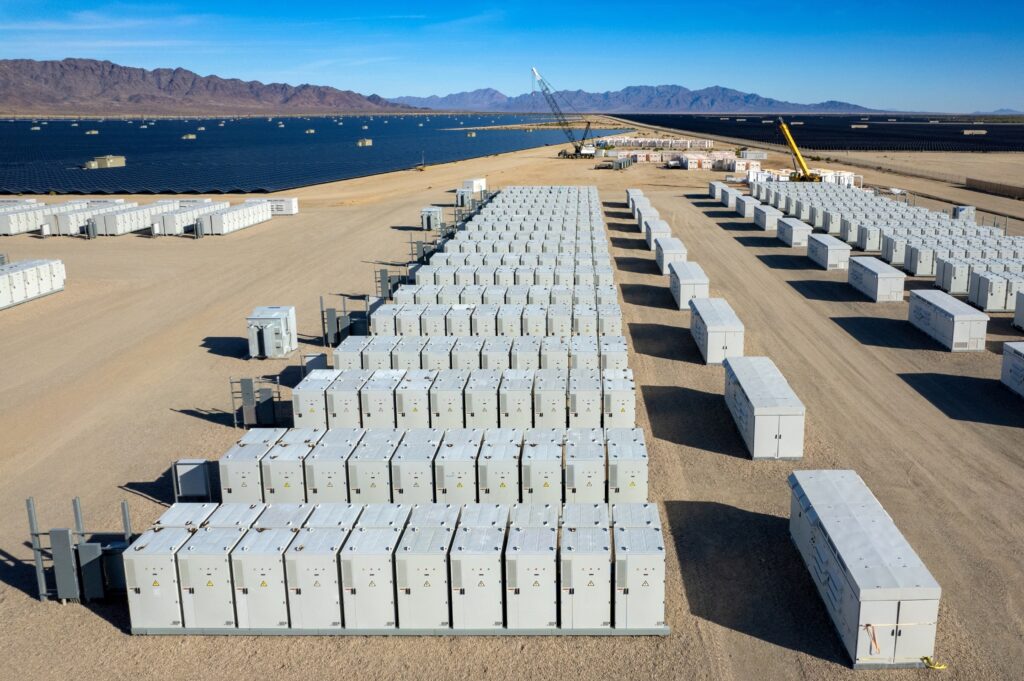Public Transportation is Key to Honoring the Paris Agreement
August 15, 2017 – (LinkedIn) – President Trump pulled the United States out of the Paris Agreement in July prompting cities, states, organizations of all sizes and everyday Americans to step forward and pledge to uphold the core tenets of the Paris climate agreement and fight climate change.
274 mayors have signed on as part of the Mayors National Climate Action Agenda. The We Are Still In coalition includes signatures from over 125 cities, nine states, 183 colleges and universities, as well as more than 900 businesses (20 of which are Fortune 500 companies). The U.S. Climate Alliance is backed by 12 states and Puerto Rico, comprising one-third of our country’s Gross Domestic Product (GDP). Together, these three organizations represent the voices of millions of Americans.
But passive support like gathering signatures isn’t enough. It’s a great start, but it won’t abate the existing damage to our planet or prevent further destruction. If you really want to do something about the climate, you can change your own transportation behavior to more clearly align with the goals set by your city, state and the 194 other countries that are honoring this Paris Agreement.
Elected officials, institutions of higher learning and business leaders can make good on their pledges by enabling and adopting more environmentally friendly public transportation technologies and infrastructure.
Public transportation can help support the Paris Accord — right now.
We know that making the switch to public transportation can reduce greenhouse gas emissions by providing a low-emissions alternative to driving. The average passenger vehicle produces about 1 lb. of carbon dioxide per mile traveled whereas bus transit only produces .18 lbs. of CO2 at full capacity. By the year 2020, when the first round of long-term plans are due from countries participating on the Paris Agreement, it’s estimated that more than 50 percent of carbon emissions could be abated by “the combined impact of second-generation biofuel, traffic flow, shifts to public transportation, and eco-driving measures.”
Yet, each day, millions of Americans reverse out of their driveways in concert and begin their commute to work. The majority of them — 77 percent — do it alone, despite that their neighbors are often traveling to a similar location. While these empty passenger seats represent a substantial waste in resources, they also represent an easy and available opportunity to combat climate change. As the Deputy Commissioner for Transportation Policy in New York argued, “The Paris Agreement is a wake-up call for more urgent action.”
A report from Deloitte estimates that a simple switch to “car sharing” could reduce nationwide car ownership by nearly 2.1 million. That switch alone could save $185 million in wasted fuel and result in almost 1 million metric ton of reduced carbon dioxide emissions. If simply increasing the passenger load factor in a four-person vehicle can reduce such a significant amount of emissions and wasted fuel, imagine the impact of switching to public transportation.
An added bonus to taking public transit is, of course, the reduction of teeth-grinding gridlock — especially if you’re an urbanite. City dwellers assume that buses and trains take longer, but the truth is that driving is most often the transportation mode that causes delays.
So how can public transportation support the Paris Agreement in the future?
While public transit represents an immediate action that individuals and organizations can take toward combating climate change, it also represents the beginning of a more sustainable future. In the last century, cities were designed with personal automobiles in mind. Now, these same cities — with the support of their mayors and other elected officials — have the opportunity to become key actors in the transition to sustainable practices. In particular, by enacting policies that favor alternative transit modes built around public transportation at the center.
According to the American Public Transportation Association, public transportation could play a larger role in saving the environment but “only 54 percent of households in the U.S. have access to public transportation.” As such, the critical first step is for the U.S. to expand coverage so more Americans can “take full advantage of transit’s environmental and economic benefits.”
As CityLab points out, it’s also imperative that cities and transit authorities provide residents with transportation options they like and will use. This doesn’t mean relying on Uber and Lyft or introducing autonomous vehicles (it’s uncertain that AVs will have an immediate impact on congestion or emissions problems). What it does mean is providing the public with mobility options that fit their needs.
Transit agencies’ essential first step to providing residents with desirable transportation options is incorporating on-demand transit. Ride-sharing companies like Lyft and Uber have reshaped the public’s expectations of transportation. Purely demand-driven, these ride services appear when you need them, at the click of button.
It’s possible for municipal transit agencies to supplement their current services with a demand-driven, micro-transit option that addresses the needs (and newfound expectations) of riders while leveraging the existing infrastructure of fixed-route services. As an added benefit, micro-transit is flexible enough to address today’s coverage issues while being inherently flexible enough to adjust as demand does in the future.
The combination of mobile phones, sensors and GPS tracking, traffic data feeds, data analytics and mapping software can put all the options at commuter’s fingertips – whether walking or biking, using a bus, train, ferries or shared rides – including the multi-modal combinations that are quickest and cheapest.
It’s estimated that if demand-driven transit could facilitate 30 percent of New York City’s trips, the total number of vehicle miles travelled would be reduced by 52 million trips per year, resulting in 431.2 million vehicles miles eliminated. A reduction of that size signifies congestion savings to commuters of $495 million per year and 14 million hours in delay saved.
For the city of New York, the same reduction in vehicle miles travelled would save the city $959 million on road construction over 25 years and result in a 139 thousand-metric-ton annual reduction in carbon dioxide emissions.
Imagine these same results applied in your city and cities all over the United States. Imagine the time, money, and frustration that public transportation could save you and your community. Now, imagine how significant the impact could be across the globe. From Paris to Washington, and throughout the rest of the world, transit is the key to making good on our pledge to support the Paris Agreement today and to building tomorrow’s sustainable future.

